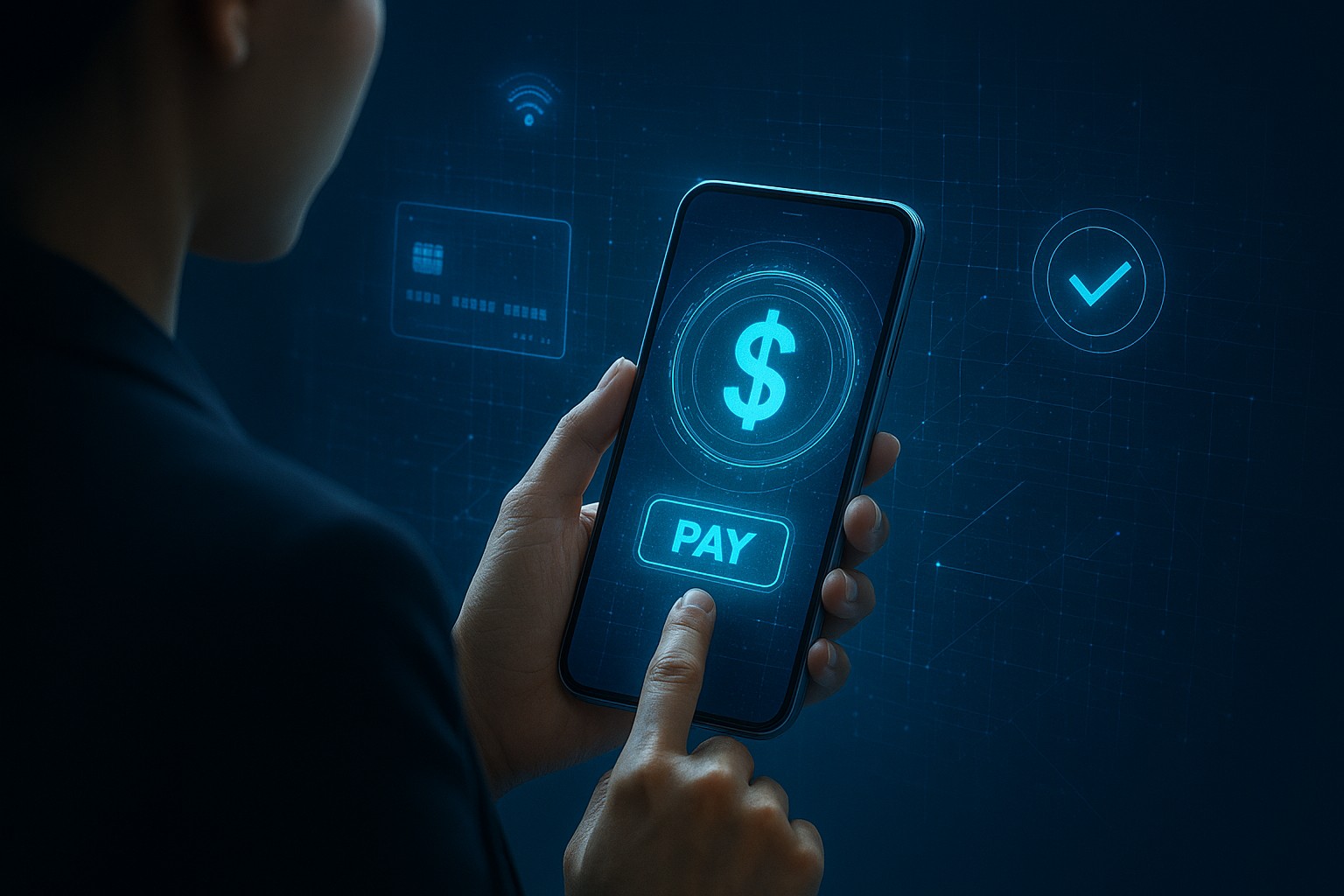Indonesia’s digital payments sector is undergoing an unprecedented boom, transforming how consumers and businesses transact.
According to the Indonesia Fintech Report 2025, this growth has been accelerated by national infrastructure initiatives such as QRIS, SNAP, BI-FAST, and BI-RTGS, all led by Bank Indonesia (BI).
The report notes that, government-led infrastructure modernization is providing a solid foundation for entrepreneurs to develop new solutions.
QRIS Dominates the Cashless Landscape
Launched in 2019, the Quick Response Code Indonesian Standard (QRIS) has become the backbone of Indonesia’s cashless ecosystem.
By Q1 2025, QRIS had surpassed 56 million users, recording 2.6 billion transactions, a 169% year-on-year surge.
The total transaction value reached IDR 262.1 trillion (US$15.5 billion), with micro, small, and medium enterprises (MSMEs) representing the majority of merchants.
More than 38 million businesses now use QRIS, illustrating the system’s role in supporting digital inclusion nationwide.
SNAP and BI-FAST Reinforce Payment Interoperability
The National Standard for Open API Payments (SNAP), introduced in 2021, continues to expand interoperability between banks and fintech firms.
As of June 2024, 71 Payment Service Providers (PJPs) and 6,667 users had integrated SNAP, facilitating IDR 3,068 trillion in transaction value across 6.2 billion payments.
Meanwhile, BI-FAST, Indonesia’s real-time retail payment system, recorded 3.4 billion transactions in 2024, up 62.4% year-on-year, with a total value of IDR 8.9 trillion (US$542 million).
“These systems are enabling secure, instant, and affordable transactions for both consumers and businesses,” the report emphasizes.
Consumer Behavior Shifts to Digital Wallets and A2A Payments
Indonesia’s consumers are embracing digital wallets and account-to-account (A2A) payments as their preferred methods for e-commerce and retail transactions.
In 2024, digital wallets accounted for 42% of total e-commerce transaction value, while A2A payments, powered by QRIS and BI-FAST, held 32%.
By contrast, credit card usage dropped by 17 percentage points and cash by 5 points between 2019 and 2024.
At physical points of sale, cash still led with 38% of transaction value in 2024, but its dominance is projected to fall to 19% by 2030.
Leading wallet platforms GoPay, DANA, and OVO now control 32%, 28%, and 23% of market share, respectively, making Indonesia one of the most advanced mobile payment markets in Asia.
Corporate Payments and Interbank Systems Evolve
Beyond retail, Indonesia’s Real-Time Gross Settlement (BI-RTGS) system for high-value interbank transactions processed 10.3 million payments in 2024, up 3.1% year-on-year, with a total value of IDR 126.3 trillion (US$7.7 billion).
This steady growth underscores the increasing adoption of digital channels even in corporate and institutional finance.
BI’s modernization roadmap, including the Indonesia Payment System Blueprint 2030, aims to link these platforms with cross-border payment systems, positioning Indonesia as a regional digital finance hub.
This article was created with AI assistance.
Read More






 Saturday, 13-12-25
Saturday, 13-12-25







